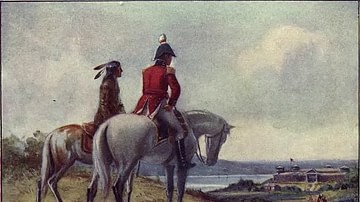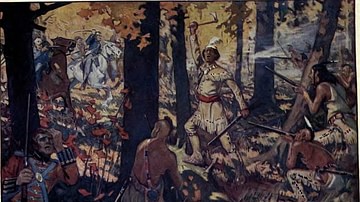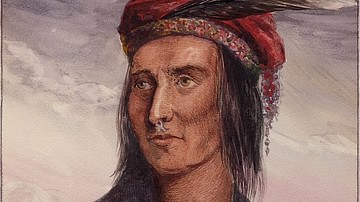Illustration
This map illustrates the course of the War of 1812 (1812-1815), a conflict between the United States and Great Britain driven by trade restrictions, the impressment of American sailors, and disputes over territorial expansion. Native American allies played a significant role, aligning with the British to resist US territorial encroachment and to defend their lands and sovereignty (their aspirations for an autonomous homeland were ultimately unmet). Key events included the burning of York (Toronto), Washington, D.C., the defense of Baltimore – which inspired the "Star-Spangled Banner" – and engagements on and around the Great Lakes. The war concluded on 24 December 1814, with the Treaty of Ghent (in the Netherlands then), which restored pre-war boundaries without resolving many underlying issues. The war had lasting impacts, including the decline of Native American resistance, the expansion of US territory, and a growing sense of national identity in the United States.
About the Author
Cite This Work
APA Style
Netchev, S. (2024, December 04). The British-American War of 1812. World History Encyclopedia. Retrieved from https://www.worldhistory.org/image/19734/the-british-american-war-of-1812/
Chicago Style
Netchev, Simeon. "The British-American War of 1812." World History Encyclopedia. Last modified December 04, 2024. https://www.worldhistory.org/image/19734/the-british-american-war-of-1812/.
MLA Style
Netchev, Simeon. "The British-American War of 1812." World History Encyclopedia. World History Encyclopedia, 04 Dec 2024. Web. 08 Jan 2025.








